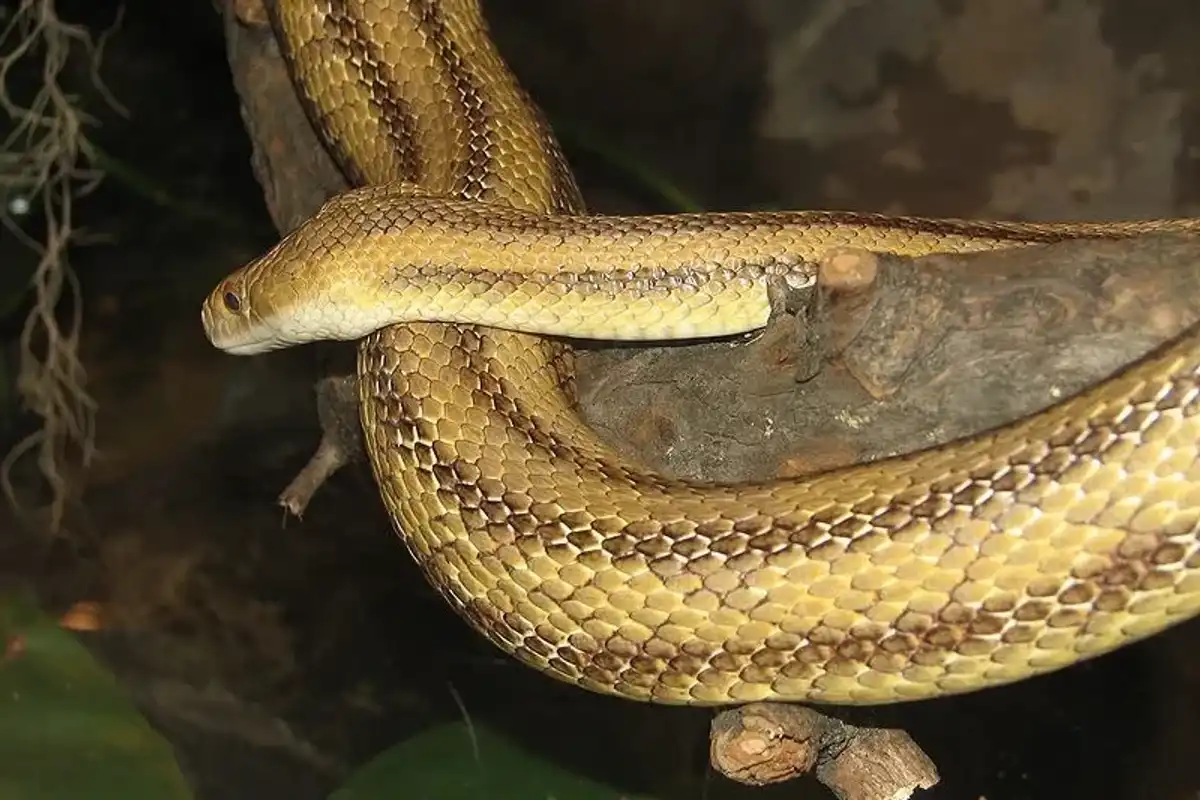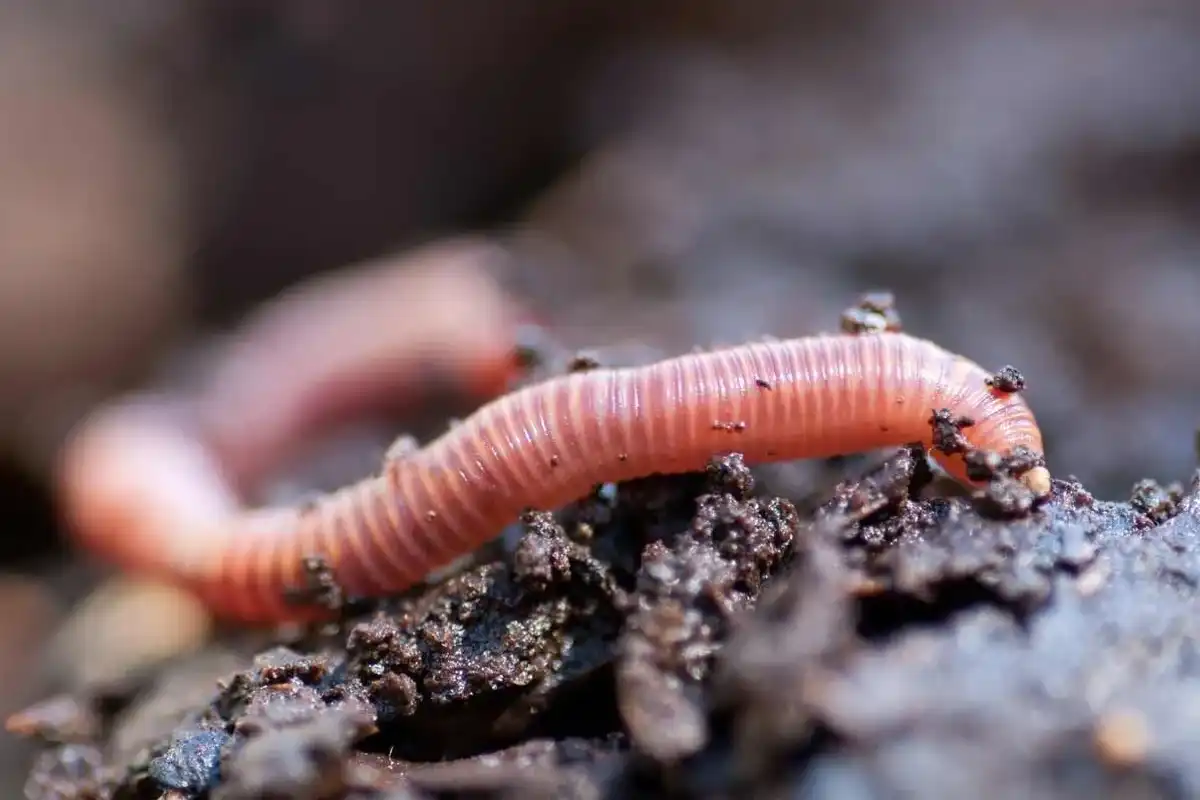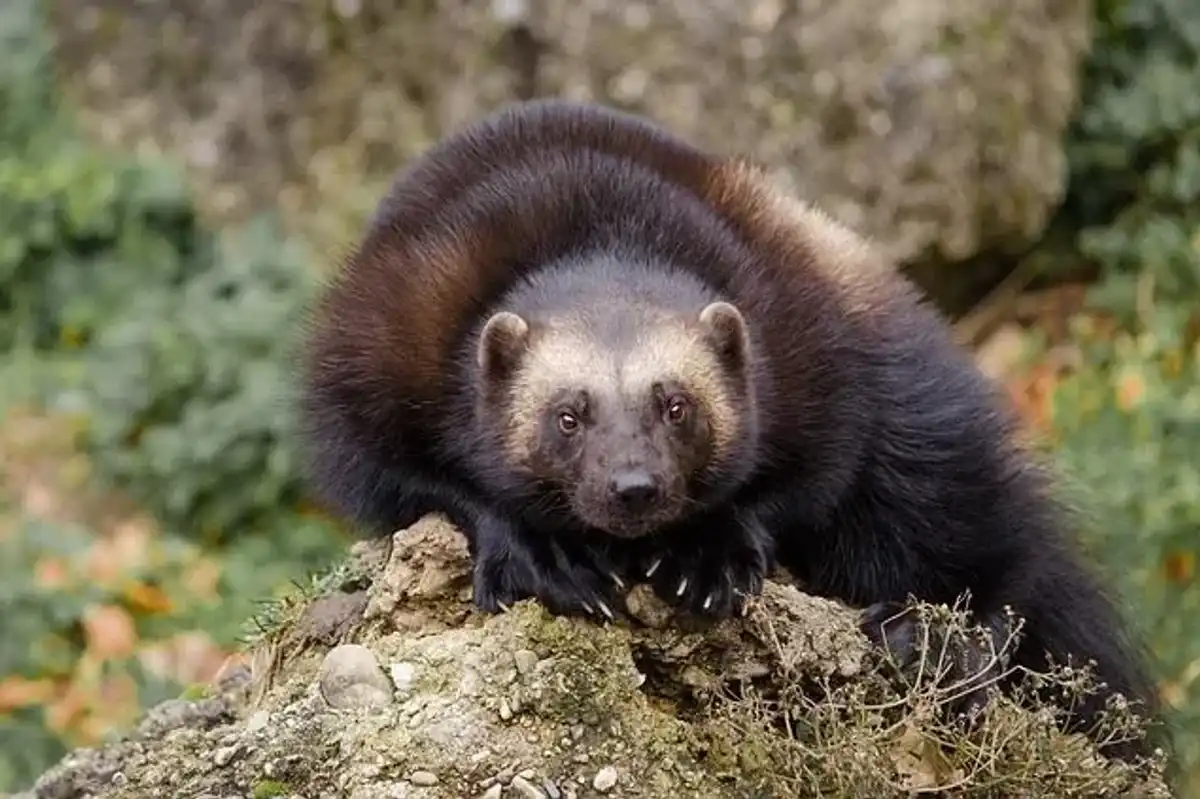About Natalie Rayworth
Born and raised in London, this writer and editor has a deep passion for creative expression. With a Bachelor's in Creative Writing and Film, Natalie has experience crafting both factual and imaginative pieces. When not writing or editing, she can often be found immersed in a good book or exploring the city's many secondhand bookstores. A lover of music and art, Natalie brings a creative flair to her work, inspired by her lifelong fascination with the Natural History Museum and her childhood days spent pretending to be Peter Pan in the Diana Memorial Playground.
Family interest
In house speciality
Education
Qualifications
- Bachelor of Arts specializing in Creative Writing and Film
Recent Work
Fun Yellow Rat Snake Facts For Kids
Belonging to the genera elaphe, and members of the rat snake family, yellow rat snakes (Pantherophis alleghaniensis) are a group of fascinating reptiles that are also great quality pets. With distinctly striped bodies and vibrant shading, yellow rat snakes fall under the category of non-poisonous group snakes.
These members of the rat snake clan are the southeastern representative of the family.
The yellow rat snakes range in shade from yellow to olive. In fact, the variation in the vibrant to dull shading of these snakes depends largely on their geographical distributions.
Read on to discover some amazing facts about the yellow rat snake. After reading about the interesting biological facts of yellow rat snakes check our other articles on black rat snake and gray rat snake.
Fun Wyoming Toad Facts Facts For Kids
Wyoming toads, or Bufo hemiophrys, were discovered by Dr. George T. Baxter in 1946. Originally, the toad was believed to be a subspecies of Canadian toads. The scientific name of Wyoming toads is Anaxyrus baxteri.
Wyoming toads historic range is the flood plains of the little and big Laramie Rivers, as well as any ponds located within 30 mi (48 km) of Laramie, Wyoming. Other toads that live in Wyoming are baby horny Wyoming toad, Wyoming horned toad, Wyoming boreal toad, Wyoming spadefoot toad and Wyoming woodhouse toads.
However, there are no Wyoming toads in the wild today.
They exist only in captivity in the Mortenson Lake National Wildlife Refuge located in Wyoming, USA as part of the wildlife conservation program. Even though they are slowly being reintroduced back into the wild, they are not self-sustaining and are therefore classified as Extinct in the wild.
Native to southeast Wyoming, this toad species relies on the movement of their prey because of their poor eyesight. To ward off their predators, they secrete poison from their necks. This can either give an upset stomach to their predators or kill them.
If you enjoyed these facts abouy Wyoming toads, you may also check out the fact files on olm and Chinese giant salamander.
Fun Earthworms Facts For Kids
Worms are a species that have bodies that are shaped like cylindrical tubes and have no limbs and no eyes. They vary in shape and size. Some worms live on land, whereas some of them are marine or in freshwater environments, they are also found in the underground by burrowing.
Worms are also known as helminths. Worms can be found in moss, decaying materials, damp earth, or in most of the hospitable conditions. The body of worms is usually elongated and divided into segments.
There are many different types of worms that infect the crops and could also damage your house. There are over 2,700 species of worms, and different remedies are available to treat the damage that they can cause. Worms are creatures that refer to an obsolete grouping.
Read this article for more information about this species. After this, you may also look at flatworms facts and centipedes facts.
Fun Wood Tick Facts For Kids
As summer arrives and spring bids you goodbye, you and your four-legged pal are most likely to get in trouble. Why?
Because summer is the season of nasty ticks, especially wood ticks, that attach to you and suck on your blood. They leave behind tick-borne diseases like Rocky Mountain spotted fever and tularemia. However, not all of these ticks spread diseases.
Only three types of ticks are harmful, this includes the blacklegged tick (aka deer tick), American dog tick (wood tick) and lone star tick. These ticks don't look too different from each other, so it becomes tricky to identify them.
Ticks were believed to be transmitters of Lyme disease but scientists have proven otherwise. But these pests are still the primary carriers of Rocky Mountain spotted fever (RMSF). Read on for some interesting Wood Tick facts. To learn more about Wood Ticks for keeping your pet and yourself safe, read on.
If you are interested in other animal species, you should check out giant water bug facts and wheel bug facts.
Fun Wolverine Facts For Kids
Wolverines, with the scientific name Gulo gulo, have a large muscular body and they somewhat look like a bear. They belong to the weasel family, despite their looks.
Wolverine animals have a mask of dark and thick fur around their eyes and forehead with a stripe of blond fur that runs down from each shoulder to the base of their tail. They also have short legs.
The size of a wolverine is 25-43 in (65-110 cm) in length and 63 in (160 cm) tall. Most females weigh less than male wolverines.
Wolverines often resort to a vegetarian diet. They eat leaves, plants, and berries but this does not make up to their entire diet as they are also fond of eating meat. They prey upon rabbits, rodents, and caribou. They also dig burrows and eat hibernating animals.
Wolverines are often considered to be dangerous as they are very aggressive in nature. Wolverine claws are very deadly, sharp and capable of killing humans. However, no such attack has yet been documented.
Here on our page, we have lots of interesting facts on wolverines that everyone will enjoy. Let's have a look at these interesting facts and if you do like these, then read our leopard seal and fennec fox facts.
Fun Wildebeest Facts For Kids
There are so many interesting facts about wildebeest. They are known as a wild beast.
Blue wildebeest (plural gnu or wildebeests), conjointly known as the gnu, is an antelope from the mammal genus. It belongs to the bovidae family, which includes goats, antelopes, cattle, sheep, and different artiodactylous horned ungulates.
Connochaetes taurinus includes two species, each of them are native to Africa, the black wildebeest or the white tailed antelope and the other blue gnu or brindled antelope.
Fossil records show that these species diverged millions of years back, leading to southern wildebeest and northern wildebeest. The white bearded wildebeest stayed in their original range and altered only a little from the ancestral species.
In contrast, the black antelope modified a lot to adapt to their own open grassland environment. The most obvious means of telling the two species apart are the variations within their coloring and their horns.
In East Africa, the blue gnu is one of the most exuberant big-game species. Some populations of blue gnu tend to perform an annual migration to newer grazing grounds. However, the black wildebeest are generally unsettled. Some baby wildebeest (known as calves) fall prey to giant predators, particularly hyenas, lions and cheetahs.
If you liked reading these facts, you could also check our facts about common wombat or bengal tiger.






